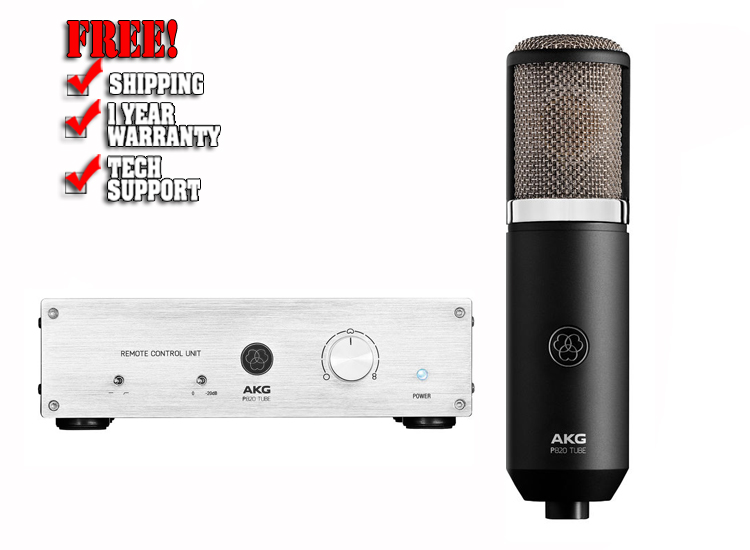
AKG’s shift from the lustrous brass capsule of the CK12 to a new nylon version which was cheaper to manufacture (the tale of many failed evolutions in the audio history) resulted in a dramatic shift in sound. Nonetheless, it’s clear that the later C414s were indeed different both in sound and design. Perhaps the preference for the EB is simply a nostalgic “good-old-days” bias. The consensus was that the later C414s were simply not as good as the original C414 EB. With each new model, significant tweaks were made that were both celebrated and criticized (but mostly criticized). They released several new iterations of the C414 including the EB-P48 (1980), B-ULS (1986) and B-TLlI (1993). AKG continued to evolve the C414 throughout the 1980s and 90s. Adopted by Queen’s Freddie Mercury in the 1970s, used often by Paul McCartney, used in The Police’s Every Breath You Take, seen on the desk of The Tonight Show’s Johnny Carson, used by Luther Vandross, Hall & Oates, used in Sinead O’Connor’s Nothing Compares 2 U, and also Coldplay’s Chris Martin’s favorite microphone, the C414 became legendary.ĪKG C414 EB from it was the particular C414 “EB” that was the desirable favorite. The C414 EB found great success and became a top microphone choice in the recording world. The high-end clarity and the ability to cycle through polar patterns with the click of a button on the front of the microphone, made the C414 EB a powerful and versatile weapon in the studio. Using the same brass capsule from the C12, it outshined competitors with its clarity and highly detailed treble response.

The C414 EB became highly renowned for its brilliant high-end. However, the first true model of the C414 was released by AKG in 1976, the legendary C414 EB. The C12 would lead to a gradual evolution of new models from AKG, that would eventually result in today’s iteration of the AKG C414. This capsule propelled the hugely popular C12 microphone, that also allowed you the unique ability to switch between polar patterns. The high-quality brass capsule of the C12, the CK12, became regarded as one of the finest capsules in audio. Developing new products, AKG released their famous tube condenser microphone, the AKG C12, in 1953.

Within months they could be seen in major radio stations, theaters, and jazz-clubs across the world.ĪKG continued its early momentum. Manufactured by hand, with only five workers at the time, the popularity of these microphones quickly spread across the region. Founded in 1947, in Vienna, Austria, the first AKG microphones were quick to make a splash on the scene. And its evolution is legendary in the audio world.ĪKG is one of the most respected brands in audio today. The C414 has had a long path and climb to the top. However, the C414 didn’t make its name overnight.
#Akg the tube microphone professional
It has become a professional studio standard (although probably not to the level of the Shure SM57). You’re likely to see one in every major studio.

Which version of the C414 is best for you? What makes the C414 so popular? Let’s go ahead and dive into the C414.ĪKG’s C414 is one of the most popular and widely used microphones in the world today. In this article, we review the AKG C414 XLII (see current price) and cover the difference between these two microphone versions. The AKG Perception 820 Tube comes complete with a spider-type shock mount, mic cable and a metal carrying case.The AKG C414 condenser microphone is sold today in two versions, the AKG C414 XLII and the AKG C414 XLS. A ground lift switch prevents unwanted hum if necessary. The included remote control unit allows selection of 9 different pickup patterns, and controls the switchable bass-cut filter and the attenuation pad. The AKG Perception 820 Tube microphone handles a wide dynamic range while delivering real tube sound quality thanks to its dual one-inch large diaphragm capsule and sophisticated ECC 83 dual-triode circuitry.


 0 kommentar(er)
0 kommentar(er)
